Recent pledges by some multiple retailers to make their supply chains greener has created a wake of cynicism and cries of 'green-wash!' But Wal-Mart's commitment to renewable energy and zero waste and Marks & Spencer's £200m plan to become carbon neutral within five years are not insubstantial investments and go way beyond marketing campaigns.
And Tesco's most recent £500m commitment to sustainable consumption has given the movement extra clout. With such dominant market shares the multiples are the ones we need to deliver any significant environmental gain.
On the whole, these pledges are about the multiples tackling the carbon footprint of their in-store operations and waste-handling but, for Tesco, the pledge has been extended to the development of a 'universally accepted and commonly understood measure of the carbon footprint' of every product it sells.
This will neccessitate looking at the lifecycle of a product from production, through to distribution and consumption to provide the consumer with the information on the labels of 70,000 products on its shelves, or thereabouts.
Of course it raises questions about whether shoppers can deal with this information on top of traffic lights, GDAs and point-of-origin labelling or whether another labelling initiative might even mean more packaging and waste.
In achieving his targets, Sir Terry Leahy will be looking for suppliers to make the job of working out the carbon load of his products easier. This may come at a premium at first for those able to fill the shelves with the first generation of carbon-labelled products, where consumers are willing to pay. But it will quickly become the expected norm - a green standard like other assured standards we have seen.
Tesco is going to explain the rules by defining the 'commonly understood' footprint measure itself, which will help. I expect this will provide some kind of formula by which different supply operations can be measured according to their carbon burden.
As long as a supplier has good inventory, clear knowledge of its resource usage and can trace its products, it will find the calculation simple. The immediate priority must be making sure everything is ready for the calculator.
In future, suppliers with knowledge of their carbon footprint will be in a better position to supply. Making information available and being open about calculations will make product placement easier and will also help the supplier reduce that footprint.
Openness of information is almost as important as the carbon footprint itself. The warm glow of green consumerism goes hand in hand with honesty and transparency.
The new rules Tesco has established to deliver a 'revolution in green consumption', place as much onus on suppliers as retailers.
Where appropriate, this may mean more local sourcing, but the jury is still out on the food miles issue and whether this always means lower carbon. As these retailer pledges show, most of their footprint comes from buildings, refrigeration and waste.
It's not clear whether a move to local production with a larger number of smaller buildings, plant and machinery, each with their own fixed carbon cost, would help.
Tesco and co want to clean up their acts and their supply chains. But suppliers should also act now so they will at least be ready to measure their footprint.







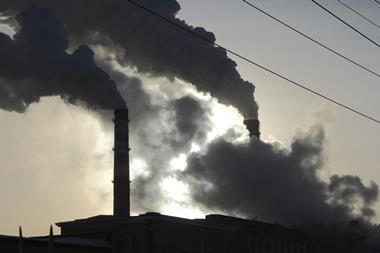


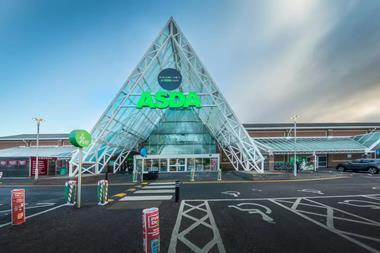
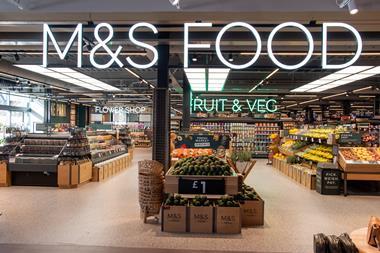
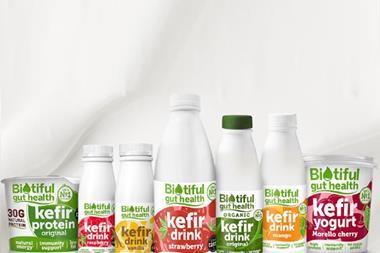
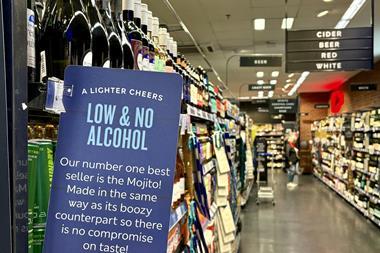



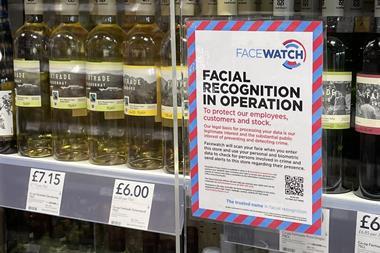
No comments yet